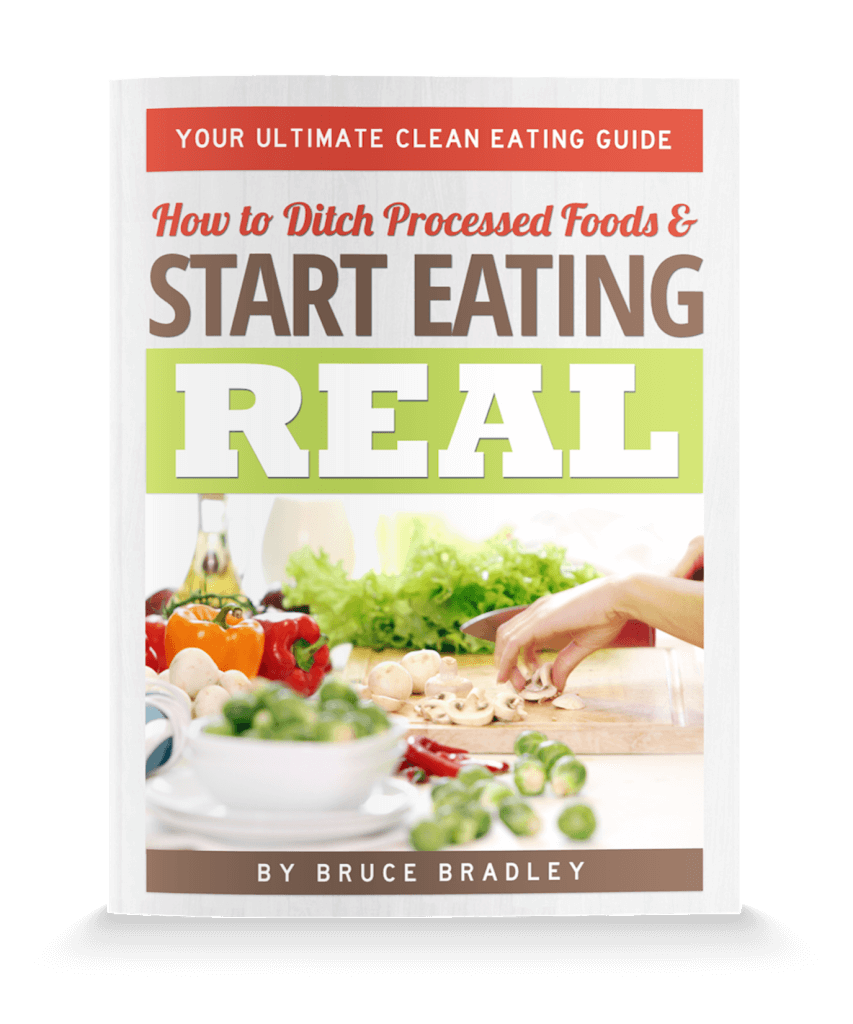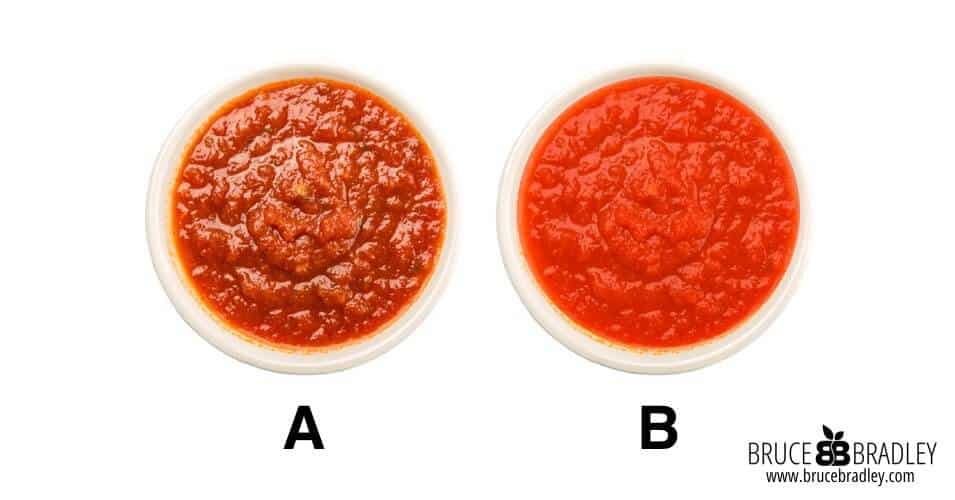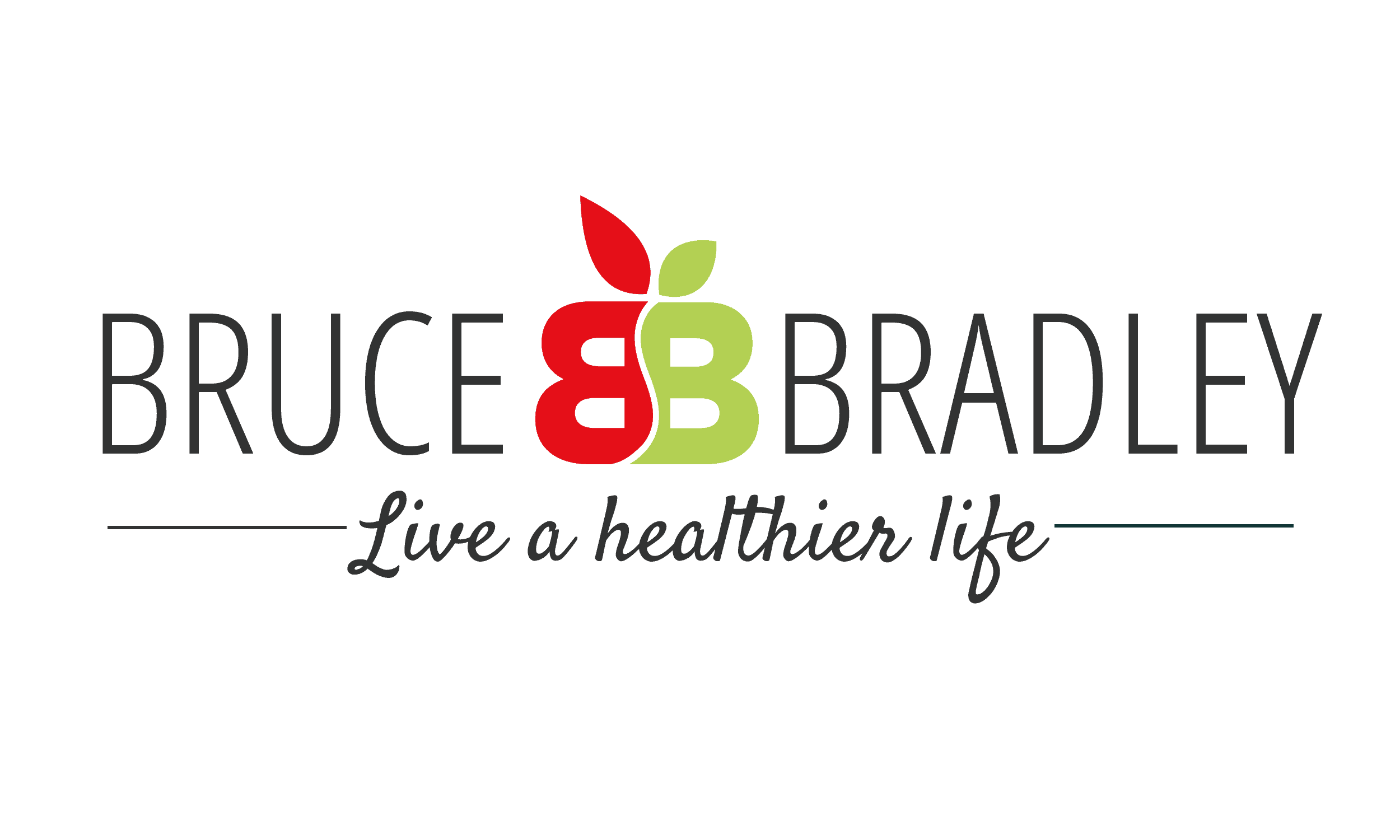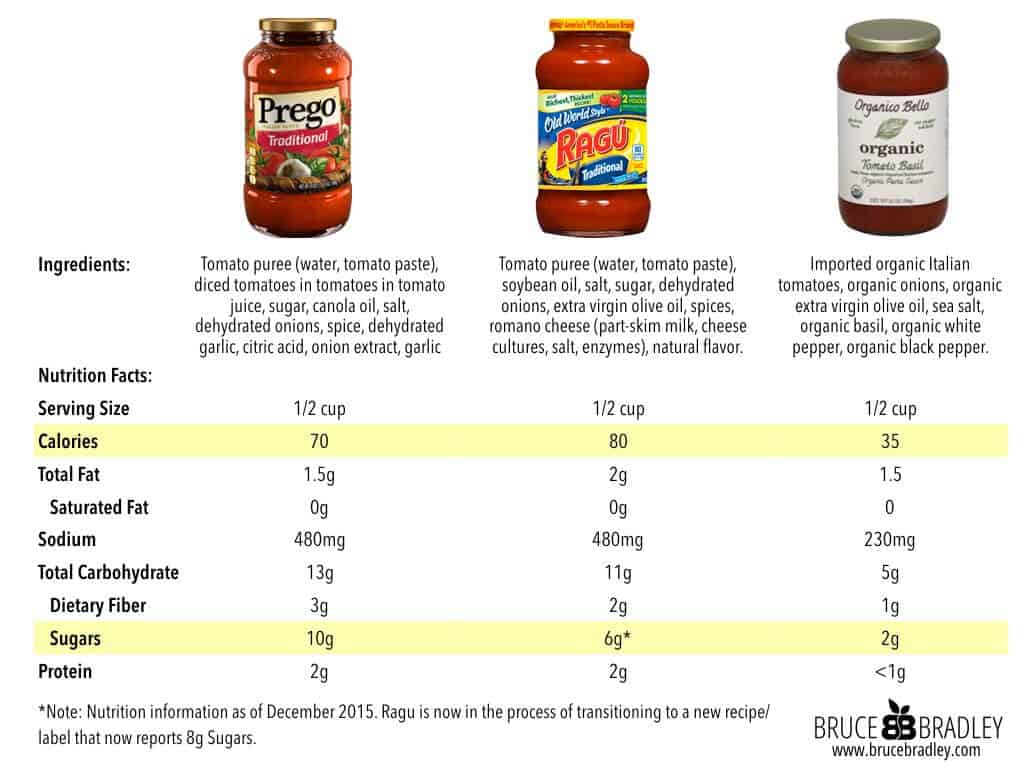Many people think that choosing a taste test winning brand makes a lot of sense. After all, don’t we all want better tasting food? But after learning what it takes to be crowned a winner, you may want to think twice before choosing foods that have “won” a taste test.
Why are taste tests so popular in the food industry?
It shouldn’t be too surprising that taste tests are used by food companies. Obviously, taste plays a powerful role in what brands people choose. Food companies, however, conduct taste tastes for a variety of different reasons:
- Product development for new items and line extensions/flavors usually involve taste tests. Although the specific goals can vary based on the situation, companies are trying to make sure the items they launch meet or exceed overall liking expectations with a given consumer target.
- Product performance tracking is another reason companies perform taste tastes. Usually this type of testing is reserved for the larger, more important and profitable items a company sells. Many food companies set a performance standard for this testing that requires their top products are preferred vs. the competition.
- Reformulations of popular products that are currently in market usually undergo taste test as well. Various reasons can trigger reformulations such as cost cutting, removal of additives, or poor in market performance driven by product complaints or other taste issues.
- Superiority claims either on-package or in advertising require proof that a product is better than the competition. Research and development teams use data from smaller taste tests to inform their product formulation plans, and when they think they finally have a winning formula, they proceed to a final legal claims taste test.
So how does a food company win a taste test?
So how does a food company go about winning a taste test? While the following oversimplifies the process a lot, I’ve tried to distill it down to three, basic steps that capture the essence of the process without totally going down the rabbit hole:
- Define the product’s target market. For example, a salsa that’s being targeted for kids will be much blander than one being designed for a gourmet or authentic ethnic target.
- Create a product segmentation. Even within a specific target audience there are going to be different preferences that create interest segments. Using the salsa example, some people within a given target may prefer thick while others prefer thin salsas. The same is true of textures like chunky vs. smooth. Knowing how a particular product segments out gives you a visual landscape of preferences within your target market.
- Choose what your product stands for by defining which segment you want to compete in and the competitive product you’re trying to beat.
Once you know the segment you’re trying to compete in, it’s all about designing a “great” product. However, most people don’t know the lengths to which food companies will go to in order to win. Most people think fairly linearly when it comes to food—if a product tastes better, it must contain better ingredients. In their minds they think, “higher quality ingredients make food taste better.”
Unfortunately that just isn’t true when it comes to food science. While it’s true that better, real ingredients can create great tasting food, highly processed ingredients and additives can easily hijack our preferences. Here are some examples:
- Salt and highly processed sugars and fat are the building blocks for creating cheap, tasty processed foods.
- Artificial and so-called natural flavorings are used to make these highly processed foods taste even better.
- Artificial colors turn unappetizing processed foods into vivid, alluring food. Yes, the old adage is true—”we eat with our eyes.”
- Thickeners and emulsifiers improve the mouthfeel of food—an important driver of taste.
- Preservatives are used to improve and maintain a product’s flavor and texture for 6, 12, or 24 months past its manufacture date.
Depending on the product category, one or many of these product development levers can be put to use. To bring this all to life, let’s look at a pretty straightforward example of how taste tests are used to convince consumers to make a “smarter choice” that really may not be good for them at all!
A Real, Live Taste Test Example: Prego Traditional vs. Ragu Old World Style Traditional Sauce
Being smart and making good choices is a common behavioral insight advertisers use to get people to rethink their buying habits. After all, people don’t want to be seen as stupid or uninformed.
Prego pasta sauce uses this insight paired with a taste test claim to get consumers to make a switch to Prego. Here’s a transcript and video of the commercial:
Announcer: “Even Ragu users chose Prego Traditional over Ragu Traditional.”
Visual: Woman consumer prefers Prego Traditional over Ragu Traditional sauce.
Woman consumer: “Prego? But I buy Ragu. I wonder what other questionable choices I’ve made?”
Visual: The woman makes a series of bad hairstyle choices.
Announcer: “Choose taste. Choose Prego.”
But is Prego really a smarter choice? The sad truth is, probably not. Here’s why. Prego Traditional sauce is chock full of sugar—1 teaspoon more per half cup serving than Ragu, and 2 teaspoons more than a no sugar added brand of sauce. While 1-2 teaspoons of added sugar may not seem like much, when you consider that the daily recommended amount of added sugars is 6-9 teaspoons, a dinner plate of pasta with Prego Traditional sauce can quickly tip the scales.
And while it may be true that Prego’s target consumer may like the sweeter taste (after all, most of us do since our taste buds are wired to like sweeter foods) the smarter choice is a no sugar added pasta sauce. But brands like Prego get away with this every single day.
And what makes this worse? It looks like Ragu has decided to react to this taste test ad. Guess how? By adding more sugar into their sauce. While their website still shows 6g of sugar per serving, I checked jars of sauce at several stores last month and the ingredient label now reads 8g. Although they’re not matching Prego’s extreme amount of added sugar, Ragu probably did the research and discovered that adding more sugar would nullify Prego’s taste test claim, a result that will ultimately force Prego from airing the above commercial.
But who’s won? Prego may have gained some sales, profit, and market share, but at what cost? Now two very popular brands of pasta sauce are using more added sugars, and herein lies the sad tale of processed foods. Decisions like these are being made by processed food companies again and again in all different product categories and the cumulative impact is harmful to our health.
What can you do to avoid the taste test trap?
We live in a food world where we need to think differently and more critically about what we eat. Food manufacturers not only know how to trick our taste buds, but also how to derail our decision process. Three tips to keep you on a healthier track are:
- Don’t trust product claims. Instead of instinctively buying products with “new and improved”, “better than”, or “better for you” claims, dig deeper.
- Check the ingredient labels or call the manufacturer and ask questions. While manufacturers aren’t required to disclosure added sugars on nutrition panels yet, inspect the ingredient list to get a general idea of how much added sugar is in an item. Look for how many times sugar or high sugar ingredients are used on the ingredient label and always remember manufacturers must list ingredients in the order of how much is used from most to least.
- Choose real food or minimally processed foods instead. Real, unprocessed foods are the best way to avoid sugar, salt, and additives. And when you’re purchasing processed food, try to buy minimally processed foods with clean labels that are free from additives and don’t contain a lot of added sugar, salt, and processed fats and flavorings to make them taste better.
Have you fallen into the taste test trap?
If you’ve fallen for one of these tricks or have seen one, share your story below. We can all learn from each others stories. After all, knowledge is power!

GET MY FREE BOOK NOW!
End the confusion! Learn what’s really in your food and how to take simple steps toward eating healthier!
EAT HEALTHIER TONIGHT!
If you enjoyed this article or recipe may I ask you a favor? Please share it with a friend. Why? Because together we can make a difference and help each other live happier and healthier lives. Thank you!








One Response
If you look at both Prego and Ragu, neither is a good choice because of the added vegetable oils! Vegetable oils are responsible for heart disease issues. I admit, I buy Ragu occasionally (I prefer over Prego), but I usually make my own. Thanks for the info though.